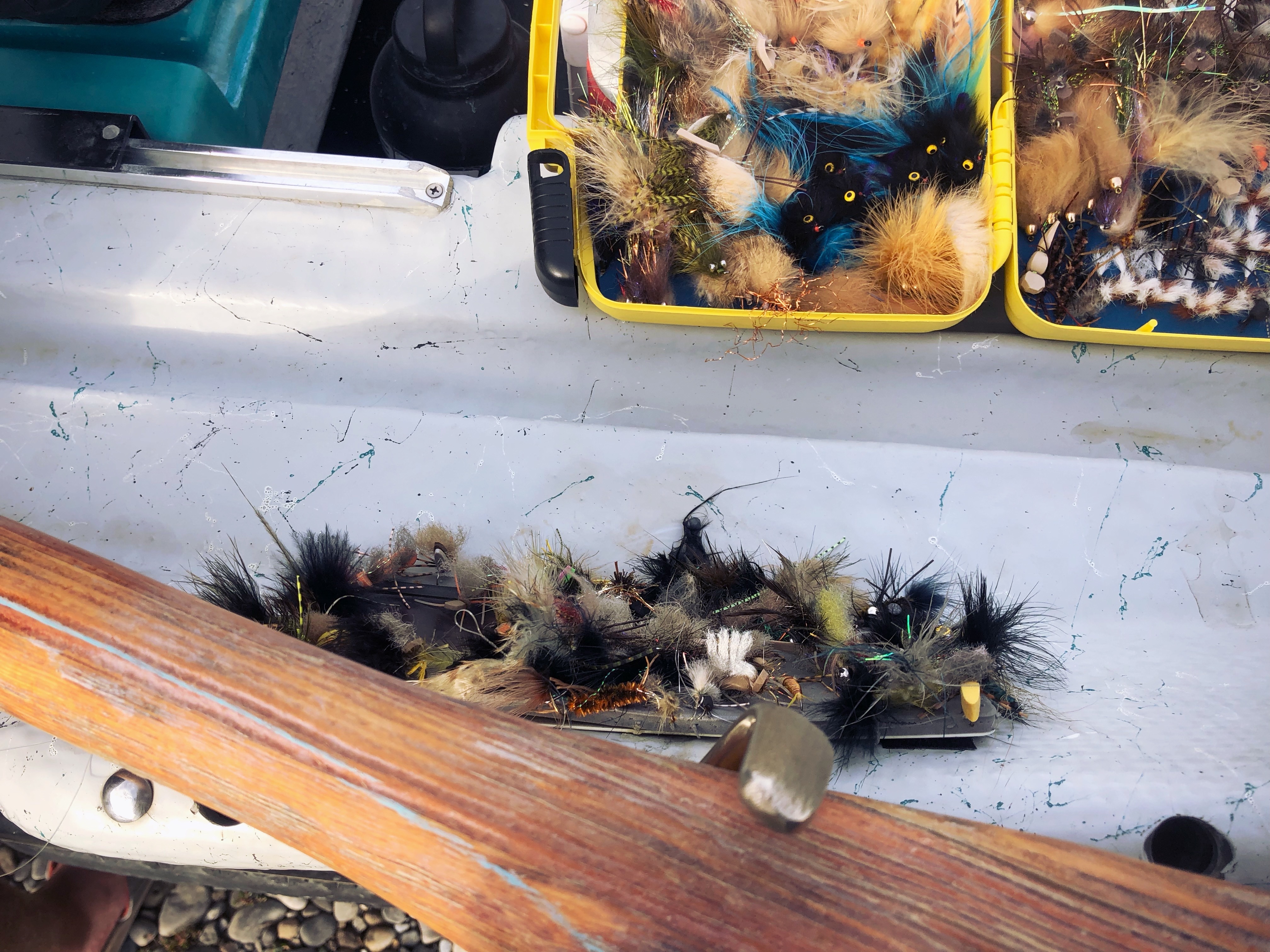Reading Water: Blending In, Be the Tree and Nervous Water

Reading Water: Blending In, Be the Tree and Nervous Water
Rosenbauer’s Rules
Perhaps nobody has written as thoroughly and thoughtfully on the topic of reading water as Tom Rosenbauer, marketing director for the Orvis Company and the author of The Orvis Guide to Prospecting for Trout and Reading Trout Streams, among many other titles. Having had the opportunity to fish with Tom several times (most memorably a blanket Hendrickson hatch on the Upper East Branch of the Delaware, as well as some remote streams in Chile), I’ve always been impressed by his deliberate, methodical approach on the water. One always sees Tom’s wheels turning well before he uncorks that first cast.
I once asked him what were the first things he looked for when he got knee-deep in a river.
“I don't stand knee-deep in the river,” he said. “I stay as far away as I can and still be able to see the water. Fish are often right on the edges, especially if you are the first person up the bank in the morning.”
Tom noted that, absent telltale rises, he often assumes that the biggest fish will be at the tail of a pool. He doesn’t necessarily target his first cast there, however.
“If I think I can cast into the seam and the faster water without messing up the tailout, I’ll often cast there first,” he explained. “The fish tend to be easier targets in faster water, so that’s usually a good place to start, checking to see if you have the right fly, and getting your confidence.”
Be the Tree
When standing on a river bank surveying the scene, Tom Rosenbauer always makes the effort to have his silhouette blend in against a bush or tree.
“If you’re standing out there all alone, creating shadows and a silhouette that wouldn’t naturally be there, it defeats the purpose,” he said. “Make yourself part of the landscape when you stand on the bank and read the water, and you will inevitably see more. In fact, it’s amazing what you can see in stupid-looking, shallow water if you take the time to blend in with a tree.”
Nervous Water
Bonefish guides are always looking for patches on the water with telltale ripples that reveal movement under the surface.
They call it “nervous water,” or (in Mexico) “agua nierviosa.” When fish move through shallow water in schools, they make a subtle disturbance that reveals their presence, even when their fins do not beak the surface.
This is also true with trout, especially in flat water like slow-moving spring creeks and lakes. It’s always worth looking for nervous patches of surface water when you are figuring out where to make your first cast.
.svg)








